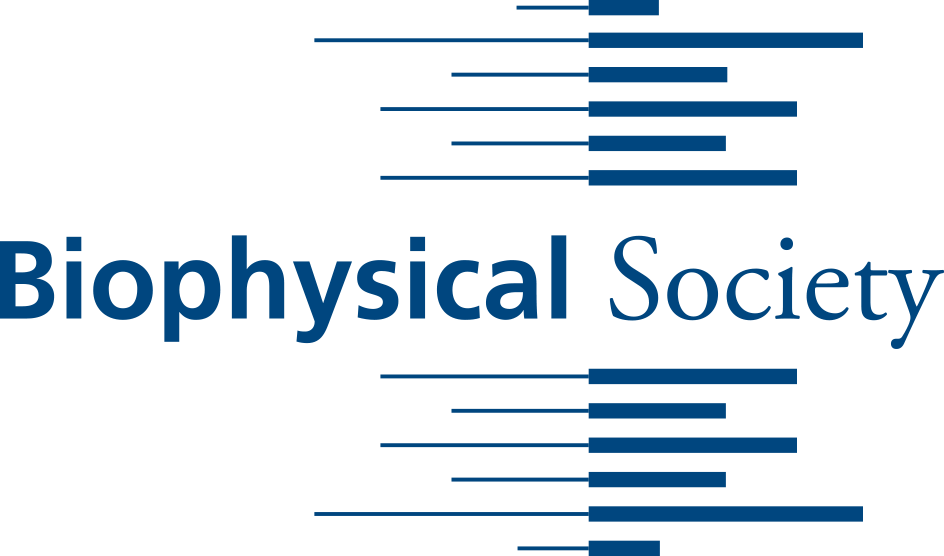Newswise — ROCKVILLE, MD – The Biophysical Society is proud to announce its 2024 Society Fellows. This award honors the Society’s distinguished members who have demonstrated excellence in science and contributed to the expansion of the field of biophysics. The Fellows will be honored at the Biophysical Society’s 68th Annual Meeting, being held in Philadelphia, Pennsylvania from February 10-14, 2024. The 2024 Fellows are:
Rommie E. Amaro, University of California, San Diego, USA, is named a Biophysical Society Fellow for her work on developing methods to enable the simulation of biological molecules in situ and their applications to illuminate the role of glycans in biology.
Ivet Bahar, Laufer Center, Stony Brook University, USA, is named a Biophysical Society Fellow for pioneering novel models and methods in structural and computational biology, including the elastic network models for protein dynamics that helped bridge protein structure and function.
Jennifer A. Doudna, University of California Berkeley and Innovative Genomics Institute, USA, is named a Biophysical Society Fellow for her development of a method for genome editing.
Kresten Lindorff-Larsen, University of Copenhagen, Denmark, is named a Biophysical Society Fellow for his significant contributions to the field of protein biophysics, particularly in integrating computational and experimental methods to study the structure, dynamics, folding and function of proteins.
Gary J. Pielak, The University of North Carolina at Chapel Hill, USA, is named a Biophysical Society Fellow for his biophysical studies on protein structure and dynamics, both in vitro and inside cells, with a particular emphasis on crowding.
Eugene Shakhnovich, Harvard University, USA, is named a Biophysical Society Fellow for his work on statistical physics of proteins that illuminated fundamental aspects of folding, design, evolutionary dynamics and complex biological phenomena.
Michelle D. Wang, Cornell University, USA, is named a Biophysical Society Fellow for advancing our understanding of transcription, replication, and chromatin dynamics through the lens of DNA mechanics and topology.
###
The Biophysical Society, founded in 1958, is a professional, scientific society established to lead an innovative global community working at the interface of the physical and life sciences, across all levels of complexity, and to foster the dissemination of that knowledge. The Society promotes growth in this expanding field through its Annual Meeting, publications, and outreach activities. Its 7,500 members are located throughout the world, where they teach and conduct research in colleges, universities, laboratories, government agencies, and industry.
